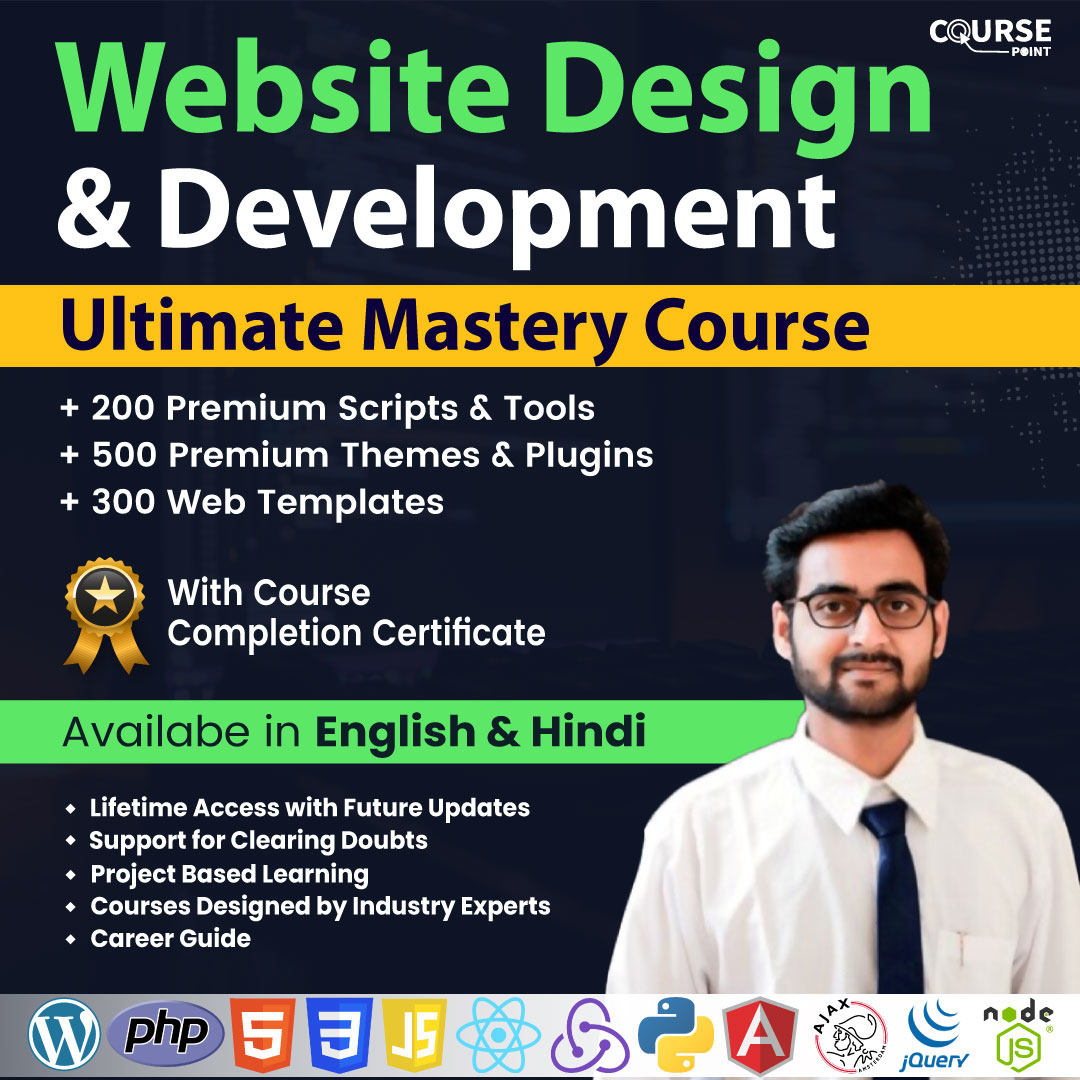In recent years, the arena of web design has undergone a dramatic transformation, moving away from solely design considerations into a much integrated focus on content. As AppWeb have become increasingly selective and require immersive, encounters, designers and developers are revising their methods to focus on content above all. This transition is not just about ensuring information accessible; it’s about crafting a smooth process that guides users along a story, enhances engagement, and drives conversions.
This emerging trend in website development and design emphasizes the value of thoughtful content placement, intuitive navigation, and flexible layouts that adjust to different devices. As we explore the multiple facets of this method, it becomes evident that understanding the users' needs and preferences is key to winning web projects. By aligning design tenets with content strategy, developers can create websites that merely are visually appealing but also function well, delivering value to both the business and its users.
The Development of Web Design
Designing for the web has undergone significant evolution since the beginning of the internet. At first, sites were simple and information-rich, relying primarily on grid layouts and simple HTML for structure. As technology advanced, designers started incorporating graphics and colors, leading to a more visually appealing web experience. This initial era was characterized by a focus on usability rather than aesthetics, making it challenging for users to navigate and interact with website content in a meaningful way.
With the rise of CSS in the 2000s, web design started to adopt a more elegant approach. Designers gained greater control over layout, allowing for greater creativity while boosting the user interaction. Adaptive design emerged as a crucial trend, catering to various device sizes and platforms. Websites became increasingly interactive and interactive, providing users with tailored experiences that encourage interaction and satisfaction. Designers began to prioritize user experience, recognizing that an appealing interface could enhance usability and accessibility.

In recent years, a notable shift has taken place towards content-driven design methodologies. This strategy emphasizes the significance of content in influencing the overall design process. Designers now consider content structure and presentation as key elements, leading to minimalist and user-focused designs. The proliferation of mobile devices has amplified this shift, prompting designers to adapt content for mobile screens while maintaining aesthetics and functionality. As we look ahead, the focus keeps changing, prioritizing integrated user interactions that merge design and content.
Fundamentals of Content-Oriented Design
Content-driven design highlights the importance of focusing on content ahead of visual elements in the web design development. This methodology ensures that the core content and essence of the website is communicated distinctly to the audience. By focusing on content initially, designers can create a framework that bolsters the narrative, making sure that all design choices support rather than overshadow the information shared.
Another key principle is fluid user experience. With content at the forefront, designers can more effectively understand how users interact with text, images, and other elements. This propels the design of intuitive navigation and layout, allowing users to interact with the content fluidly. The user path becomes a priority, ensuring that each engagement is intentional and results in significant engagement with the website.
Finally, content-driven design encourages collaboration between content developers and designers. By working together from the start, teams can guarantee that design decisions improve the storytelling aspect of the content. This collaboration fosters a holistic approach, where both design and content elements are aligned to serve the end user efficiently, leading to a more integrated and impactful web presence.
Implementing Content-First Approaches Techniques
Adopting a content-first strategy in web design necessitates a change in mindset for both web designers and developers. The primary focus must be on understanding the central message and the requirements of the audience. By establishing specific objectives and the total content framework, groups can create a plan that emphasizes usability and user engagement. In this phase, brainstorming sessions and content audits can help in identifying essential information and removing redundancies, ensuring that every piece of content serves a purpose.
Once the content organization is set, the next step includes designing a user interface that enhances the content rather than overshadowing it. This means selecting colors, typography, and layout that enhance readability and usability. Designers should focus on content placement, making sure that crucial information is prominent and simple to navigate. Working closely with content creators during this phase can result in innovative design solutions that effectively support the narrative, creating a seamless flow of information for users.
Finally, ongoing testing and feedback are pivotal to refining the content-first approach. By utilizing tools like A/B testing, teams can gauge how users engage with the content and the complete design. This feedback loop enables adjustments based on actual user actions, making sure that the website remains up-to-date and effective over time. Embracing analytics and user insights can not only enhance the user experience but also inform design decisions that adapt to shifting audience needs.
